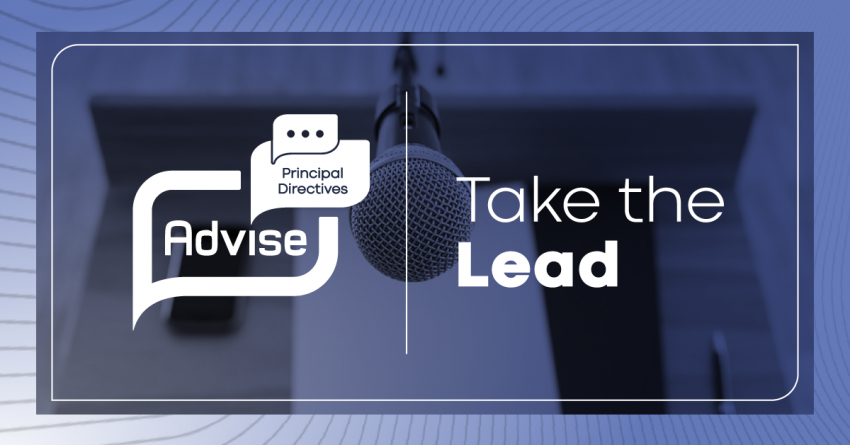Guidance for AEC Industry Firm Management and Principals
Presentations are a principal’s wheelhouse—you’ve been there, done that dozens upon dozens of times. Despite everything, this does not mean there is nothing more to learn.
As principals, you advise everyone around you throughout each process, presentations included, but your method and approach will not fit everyone. Each of us has more room to grow.
Here are our tried-and-true tips for taking the lead in presentations:
Train Up-and-Coming Staff
Always stay on the lookout for potential project managers and leaders who will need to present in the future. If they need the skills, get them involved and trained in the process early. The sooner they gain an eye for skills they have to learn, the easier their presentations will be in the future. You want your presenters to have confidence, which comes with support, processes, and a fair amount of time for them to prepare.
Use your own expertise and seek out model presenters within or outside your firm who can also share their wisdom. Presentation coaches are an option for both you and everyone you advise to learn something new from an expert. If you bring one in, know why you are hiring them, and let them do their work—alternative methods work for different people!
Practice Peer Review
Encourage leaders with presentation skills to meet with one another for peer review and support on upcoming presentations. Practiced individuals will have a valuably critical eye. They will be able to provide constructive criticism—and take it—and your firm will benefit from this collaboration.
Create a Presentation Process
Once you’ve covered your people and their training, make sure they’ve understood the major points—presentations are not just aesthetics and wise words. Every presentation has to nail the hot buttons of their project with flexibility and confidence, which means preparation starts before you even make a single slide. Thorough research is crucial to preparedness.
Consider these preparedness tips and push your presenters to get involved in these ways:
- Visit the site or existing facility. Take photos, talk to the people there, talk to neighbors. Gather information to let the selection committee know you are excited about this project but very knowledgeable about it too. Every selection committee believes that their project is the most important, so match that passion.
- Learn how to tell a story. Everyone loves to hear a story, especially if it involves them or their project or their site or how you are going to solve their problem. The age-old art of storytelling captures people’s attention and the selection committee will remember more of what you have told them because it is fashioned into a story. To leave a strong impression and create a memory, learn how to tell stories.
- Learn more about the selection committee. Are they technical or laypeople? Introduce yourself. Talk to them in advance of the opportunity to get a feel for how you should present and to what energies they respond.
- Obtain the rating sheet. If the client uses a rating sheet, see if you can get a copy to inform you in the planning of your presentation. If there isn’t one, go back to the selection criteria in the RFP and use that as your guide. Weight your topics accordingly.
Other tips include suggesting your presenters take a seat on project selection committees they may have access to, training them on market research, and encouraging fair competition research.
Whatever your approach, advise your firm thoroughly and early. Your willingness to learn will encourage them to follow suit, and their confidence will follow your own.






